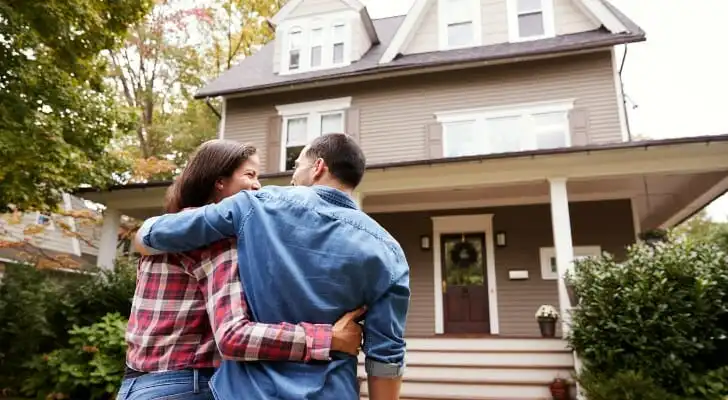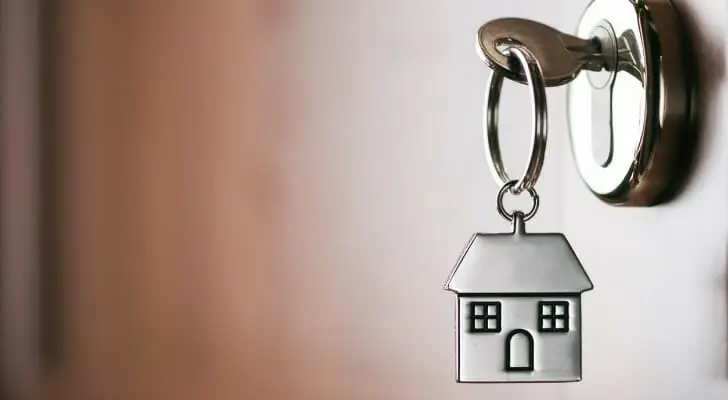Capital gains tax applies when you sell an asset for more than you paid for it. While the IRS typically offers an exclusion for capital gains from the sale of a primary home, the rules are a little different when selling a property that you don’t live in full-time. Before unloading a vacation or rental property, it’s important to understand how capital gains on the sale of a second home work.
A financial advisor can help you with a tax plan if you’re selling your second home.
Capital Gains Tax Exclusion
A capital gain represents a profit on the sale of an asset, which is taxable. The IRS allows taxpayers to exclude certain capital gains when selling a primary residence. The capital gains tax exclusion limit for the sale of a home is $250,000 for single filers or up to $500,000 for married couples who file a joint return. So you wouldn’t owe capital gains tax on any profits from the sale up to the exclusion limit allowed for filing status.
To qualify for this exclusion, the owner of the home must meet an ownership test and a use test. You pass these tests if you’ve owned and used the home as your primary residence for at least two out of the five years before the sale. You’re typically not eligible for the exclusion if you excluded gains from the same or another home during the two years before selling your current home.
Capital Gains on Sale of Second Home or Vacation Home
The IRS treats second homes differently when calculating capital gains tax. Second homes that are not used as primary residences, including vacation homes and investment properties, are considered to be capital assets under IRS rules. That means if you don’t pass both the ownership and use tests for the property, as mentioned earlier, then no capital gains tax exclusion is allowed.
The amount of capital gains tax you’ll owe on the sale of a second home depends on several factors, including:
- How long you owned the home
- How much of a profit you realize from the sale
- What you paid for the home
- Capital investments you made in the home
- Final sale price
- How much of a profit you realize from the sale
- Filing status and income
- The applicable gains tax rate
Capital gains tax can be assessed at short- or long-term rates. The short-term capital gains tax is the same as your ordinary income tax rate as determined by your tax bracket. A gain is considered to be short-term if you held the asset for one year or less before selling it.
Calculating Capital Gains on Sale of a Second Home

To figure out how much you owe in capital gains tax when selling a second home, you’d need to first calculate the actual profit from the sale. This means determining your cost basis in the property, which simply means how much you paid to purchase it and how much you subsequently invested in it while you owned it.
So, let’s assume you purchased a vacation home 10 years ago for $200,000. You spend $25,000 making upgrades and improvements to the property. Five years later, the property is valued at $500,000 so you decide to sell. You pay $30,000 in commissions to your agent and the buyer’s agent, plus another $5,000 to close the sale.
Your cost basis is $225,000 ($200,000 to purchase it plus $25,000 in upgrades). You sell the home for $500,000, less the $35,000 you pay in commissions and closing costs. So the net proceeds come to $240,000. Unless you can show that you meet the ownership and use tests for the home, you’d owe capital gains tax on this amount.
Since you owned the home for 10 years, the long-term capital gains tax rate would apply. The rate you pay depends on your income and filing status. For example, to qualify for the 0% capital gains tax rate, you’d need to earn less than $49,450 for 2026 (for single filers). Meanwhile, if your income is above $545,500 (for single filers), you’d be taxed at the 20% capital gains rate.
How to Minimize Capital Gains Tax on the Sale of a Second Home
If you’re worried about getting hit with a large tax bill when selling a second home, there are some things you can do that might cushion the blow. Some of the options for minimizing capital on the sale of the second home include:
- Renting out the property instead of selling, which would allow you to treat it as an investment and claim depreciation and other deductions.
- Making the property your primary residence to qualify for the capital gains tax exclusion.
- Deferring capital gains tax through a 1031 exchange is possible only when both the sold property and the replacement property are held primarily for business or investment purposes. Personal residences, vacation homes or second homes used mainly for personal reasons do not qualify for this type of tax deferral.
You can also use tax-loss harvesting to offset some of your tax liability from the sale of a second home. Tax-loss harvesting involves selling off assets at a loss to offset capital gains.
This strategy can help reduce your tax bill, but there are limits to how it works. Capital losses first offset gains of the same type (short-term losses against short-term gains and long-term losses against long-term gains) but any remaining losses can then be used to offset gains of the other type. If losses still remain, up to $3,000 can be applied against other income each year, with excess losses carried forward. As a result, tax-loss harvesting may reduce, but not fully eliminate, the gains from selling a second home.
Talking to a financial advisor or tax professional can help you gauge whether selling a second home makes sense from a tax perspective. You can also discuss what to do with the proceeds from the sale of the home.
Selling a Second Home vs. Selling a Primary Residence
The IRS treats the sale of a primary residence differently from a second home when it comes to capital gains taxes. If you sell your primary residence, you may qualify for the home sale exclusion, which allows single filers to exclude up to $250,000 in capital gains ($500,000 for married couples filing jointly), provided you’ve lived in and owned the home for at least two of the past five years.
A second home, such as a vacation property or rental that isn’t your primary residence, does not qualify for this exclusion. Instead, the profit from the sale is subject to capital gains tax at either short-term or long-term rates, depending on how long you owned the property.
Additionally, if you previously rented out the second home, you may also face depreciation recapture, which means any depreciation claimed during rental years will be taxed at a 25% rate when you sell.
If you want to reduce capital gains taxes on a second home, strategies like converting it to a primary residence for at least two years before selling or using a 1031 exchange (for primarily business properties) to reinvest in another investment property may help defer or minimize the tax burden.
Bottom Line

Capital gains tax is often unavoidable when selling a second home, but that doesn’t need to deter you from your plans if you feel the time is right to sell. Estimating how much you might pay using a capital gains tax calculator can help you develop a strategy for carrying out the sale while minimizing what you might owe in taxes. Like anything to do with taxes, planning is how you can make a difference.
Tax Planning Tips
- Consider talking to a financial advisor about capital gains tax on the sale of a second home if you have a property you’re planning to sell. Finding a financial advisor doesn’t have to be hard. SmartAsset’s free tool matches you with vetted financial advisors who serve your area, and you can have a free introductory call with your advisor matches to decide which one you feel is right for you. If you’re ready to find an advisor who can help you achieve your financial goals, get started now.
- Tax planning is an important part of investing and there are different ways to approach it. If you’re considering real estate as an investment, for example, you may choose to open a self-directed IRA to hold rental properties. A self-directed IRA is designed to hold investments that a typical IRA cannot, including real estate, precious metals and commodities.
Photo credit: ©iStock.com/FabioBalbi, ©iStock.com/Morsa monkeybusinessimages, ©iStock.com/Ridofranz
